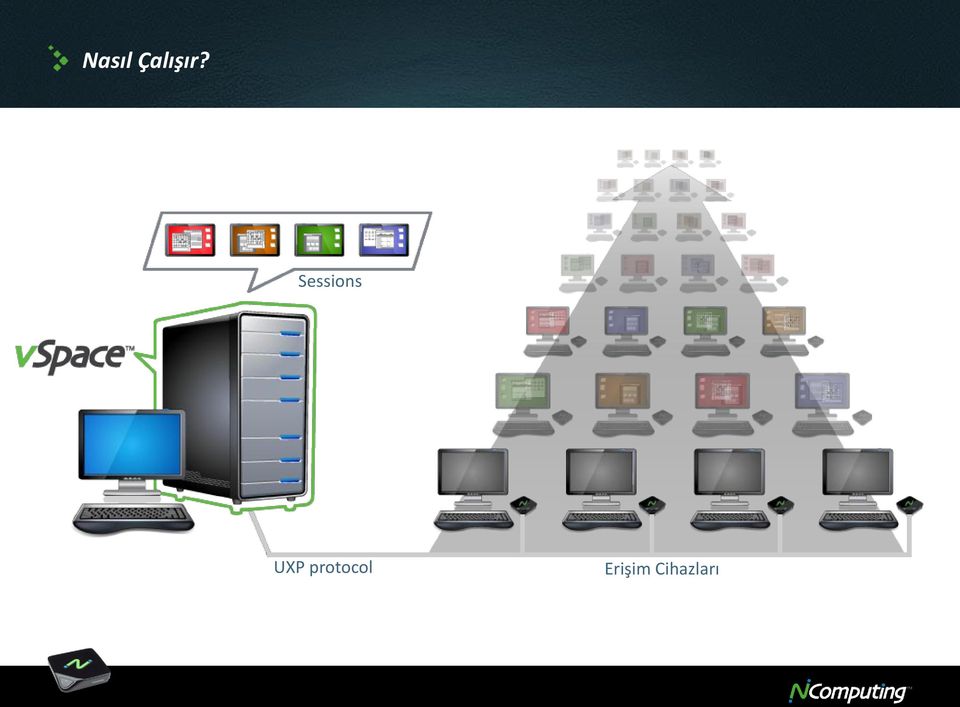

If the same information is stored in a packed-decimal (i.e. For example, on the mainframe the value 12,345 would be five (5) bytes in length (i.e. Storing numeric values in a packed-decimal format may save a significant amount of storage space. The mainframe can perform arithmetic functions on packed-decimal fields without having to convert the format. For unsigned (or implied positive) fields the "F" indicates a positive value.

For explicitly signed fields the "C" indicates a positive value and "D" indicates a negative value. On an IBM mainframe, the sign is indicated by the last nibble of the last byte (or high memory address). The sign indication is dependent on your operating environment. For example, the value 23 would be stored in two nibbles, using the hexadecimal digits 2 and 3 (the bit representation would be 0010 0011). Each byte has two nibbles, and each nibble is indicated by a hexadecimal digit. A packed decimal representation stores decimal digits in each "nibble" of a byte (a byte is eight bits and a nibble is four bits). The IBM Mainframe architecture drove many of the numeric formats that existed in the early ANSI specifications for COBOL and have been carried forward to the current COBOL ANSI specifications.Ī packed decimal representation stores two decimal digits in one byte. Note: The items in this document are appropriate for applications that are written in COBOL, Mainframe Assembler (HLASM) or PL/I.
#Quikjob reference manual windows
This format is used on an IBM Mainframe System and is supported by Micro Focus COBOL running on a Linux, UNIX or Windows System. This document will focus on a discussion of a numeric field (or data string) known as "PACKED-DECIMAL" format (also referred to as packed data or a packed numeric field). Packed-Decimal Format, Description and Discussion Packed-Decimal Format


 0 kommentar(er)
0 kommentar(er)
